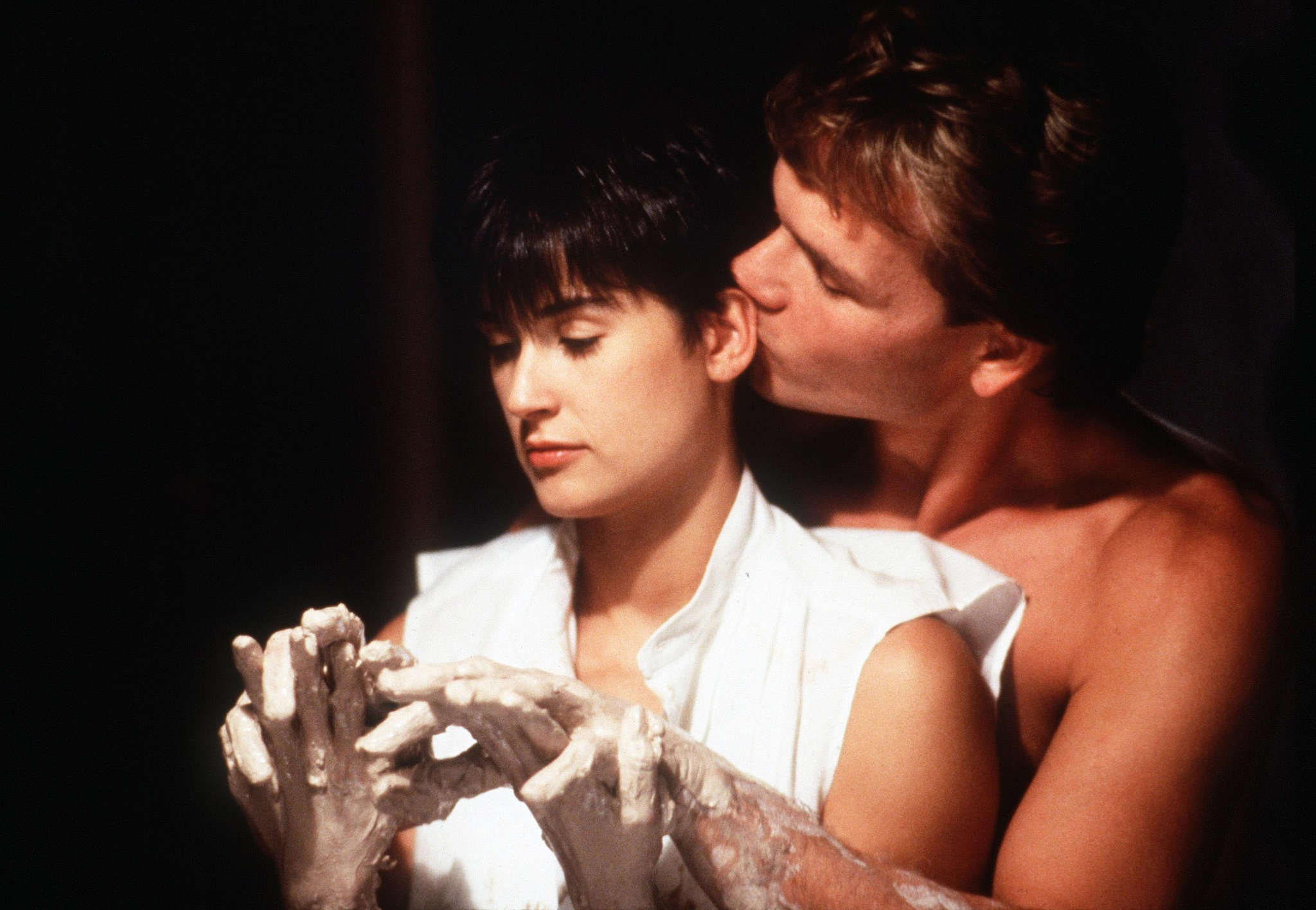
Copyright (Balzer + Bray/HarperCollins)
This novel gave me more insight into race relations in America than anything I’ve read up to this point. One of the best descriptors I can apply to The Hate U Give is “real”. It is raw, it is gritty, it is sad, and it is even funny in places. But I didn’t find it to be sensationalistic or gratuitous. For parents of younger readers, there is a fairly large amount of language, including multiple F bombs—but staying true to form, it is “real” language for the characters in the novel.
The book condemns police brutality, but not police at large. I appreciate the way Ms. Thomas creates a compelling and likable character who also happens to be a police officer. Having a character like Uncle Carlos creates balance in the narrative, making it clear that not all police officers are racist. I found Starr’s family to be compelling and well developed as characters. Every one of them reminded of someone in my own family. Some of Starr’s high school friends might be a bit stereotypical, yet truthful enough that you’ll likely also see similarities to your own high school friends—we all had at least one that wasn’t great for us, but we found him/her hard to “drop” from our life.
I am not a fan of rap music and know very little about the late Tupac Shakur. However, the meaning of the acronym THUG LIFE really made me think. As a pediatric nurse and certified teacher, I’ve spent my life working with young children. I see kids that seem broken, cynical and filled with rage because of the environment they live in. Some of this has already occurred by the time they enter our public school system in pre-K. As adults in our society, we need to work together and listen to each other in order to find real solutions to the causes of suffering. This was a book that was hard to read in many ways, but it was also a book that I needed to read—and I’m glad I did.
***Spoiler alert*** If you haven’t read The Hate U Give, you might not want to continue reading.
Starr’s life is abruptly changed during what should have been a routine traffic stop. Not only does she see her childhood friend gunned down, she isn’t sure for a long while that she won’t be shot herself. It is just her, her dying friend and the armed police officer who just shot her friend—alone on a dark street, until other first responders arrive on the scene. During these moments, the police officer aims his gun at Starr. The terror she feels during these tense moments comes through to the reader. Her internal monologue as she remembers the rules her parents taught her about interacting with police accompany her increasing anxiety as she watches her friend Khalil breaking those rules one by one. I found myself as the reader silently pleading right along with Starr for him to keep his hands in sight, don’t move, don’t argue, etc.
After the shooting, the police officer testifies that he mistook a black hairbrush in the door of the car for a gun. Khalil opened the door while the officer had walked back to his car to check on Starr. The officer saw this as an attempt to go for the gun and shot him in the back 3 times. The horror of the situation is palpable. Yet, Ms. Thomas creates a scenario that is very plausible.
At first she and her parents want to keep her identity a secret. Her parents want to protect her, as she has already suffered enough. Eventually, they help her understand that sometimes speaking out against injustice is worth the heat you’ll have to take for it if you ever want things to change. One of the best things about this novel is the transformation of Starr, as she becomes stronger and more certain in her beliefs. She also reflects on her own biases, and owns up to feeling ashamed of her friends from her old neighborhood once she starts making friends with affluent kids in her private school. My heart ached for her in the scene where she denies to her two best friends that she even knew Khalil when they ask her if the guy that was shot was her old friend. Any one of us who can remember the angst of our teen years will relate to Starr’s feelings in many ways—especially the way we tended to blame ourselves for things that were never actually within our control in the first place.
Starr’s parents particularly resonated with me. They are torn between wanting to stay in the neighborhood where they were raised and protecting their children from many of the pitfalls that are so common there. Garden Heights isn’t a particularly safe place to live. There are gangs, guns, drug dealers and looting going down. Hearing gunshots sounding at night is a common occurrence there. After Starr’s best friend is killed in a drive-by shooting, her parents decide to move all three of their children to a private school in the suburbs. Eventually, it becomes clear that it isn’t safe to remain in the neighborhood, and the family makes the painful decision to leave. We feel the pain and shame Starr’s father battles over his feelings that he’s selling out and abandoning his home to the gangs. It’s heartbreaking.
The most gut wrenching part of reading The Hate U Give is the realization that this story is the reality for thousands of young black men in America. Garden Heights was a fictitious neighborhood in an unnamed city and state in our country, but it could have been anywhere. For the young boys growing up in this neighborhood, there existed a lack of hope—a lack of the promise of a bright future awaiting them. This lack of hope is mirrored in real communities across this country. Starr’s father was able to leave behind the life of gangs and crime, but he makes it clear to Starr that it’s nearly impossible to do. He was only allowed to leave (without being killed) because he took the rap for a gang leader who was facing his third conviction and would have been sentenced to life in prison. Through his character, as well as Devonte and Khalil, it isn’t hard to see why young men in their situation might make bad choices, even knowing the potential consequences. Starr’s half brother Seven was probably my favorite character. The scene at his birthday/graduation party where he confronts his mother was so beautifully written, yet so painful to read. I found myself rooting for him the whole story, and would have been completely devastated if Ms. Thomas had allowed him to die (which I feared in at least two scenes!).
I hope this book creates honest discussion within communities. It is a discussion we need to have in our country, no matter how difficult it is to openly talk about. Of course, I’d love to hear what you thought of this book.























